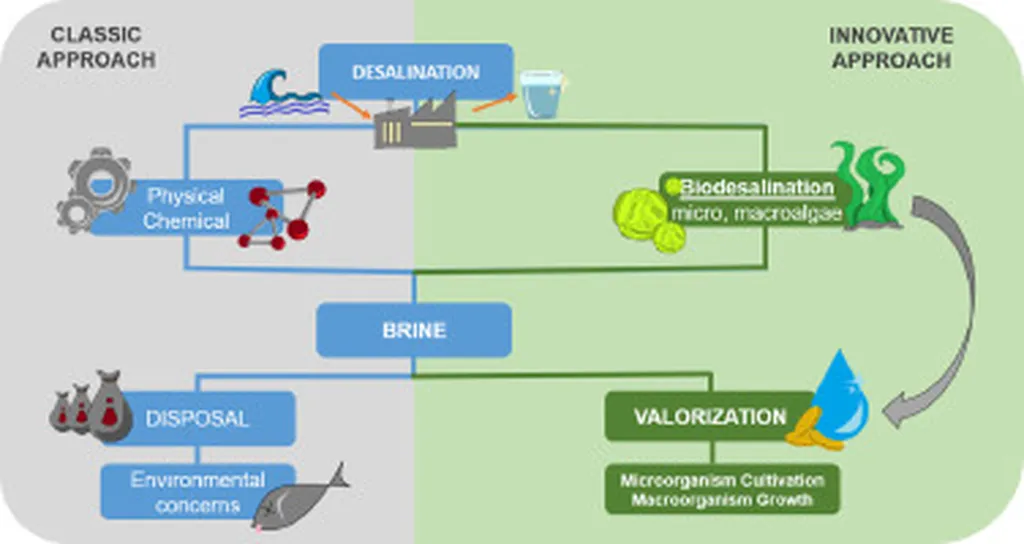In the quest for sustainable water solutions, a groundbreaking study has emerged, offering a fresh perspective on the environmental impacts of desalination processes. Led by Zienab Salahshoor from the Department of Nanotechnology at the Agricultural Biotechnology Research Institute of Iran (ABRII), the research delves into the environmental sustainability of ultrafiltration membranes used in desalination pretreatment, with significant implications for the energy sector.
The study, published in the journal ‘محیط زیست و مهندسی آب’ (translated as ‘Environment and Water Engineering’), employs a comprehensive life cycle assessment (LCA) approach to quantify the ecological burdens associated with membrane fabrication. Using SimaPro V9.4 software, Salahshoor and her team adopted a cradle-to-cradle methodology, incorporating midpoint and endpoint indices from the Recipe method, along with the IPCC method, to evaluate the consequences of membrane production via the phase inversion method.
“Our goal was to identify the environmental hotspots within the supply chain of ultrafiltration membranes and provide a decision-support framework for mitigating these impacts,” Salahshoor explained. The research revealed that the most significant environmental impacts are related to terrestrial ecotoxicity and resource depletion, with electricity production notably contributing to most impact categories, especially global warming potential.
The sensitivity analysis conducted as part of the study highlighted that reducing electricity consumption at an industrial scale or switching to renewable energy sources could substantially decrease environmental impacts. This finding is particularly relevant for the energy sector, as it underscores the potential for significant environmental performance improvements through process optimization and pollution prevention strategies.
The commercial implications of this research are substantial. As the demand for desalinated water continues to grow, so does the need for sustainable and efficient pretreatment processes. By identifying the key environmental impacts associated with ultrafiltration membranes, this study provides a roadmap for manufacturers and energy providers to optimize their processes and reduce their ecological footprint.
Moreover, the decision-support framework developed by Salahshoor and her team can be applied to other industries, facilitating a broader shift towards sustainable practices. As the world grapples with the challenges of climate change and resource depletion, such research is invaluable in guiding policy decisions and driving innovation.
In the words of Salahshoor, “Conducting a product sustainability assessment using LCA is vital for identifying environmental hotspots within a product’s or process’s supply chain, followed by process optimization through pollution prevention strategies and environmental performance improvements.”
This research not only advances our understanding of the environmental impacts of desalination processes but also paves the way for future developments in the field. As the energy sector continues to evolve, the insights gained from this study will be instrumental in shaping sustainable and efficient practices, ultimately contributing to a more environmentally conscious future.

